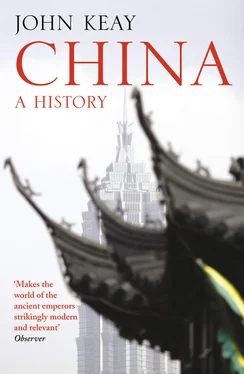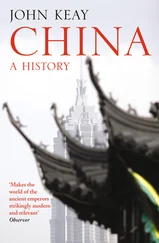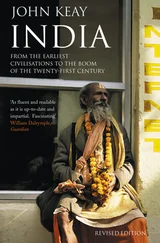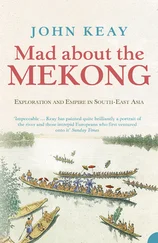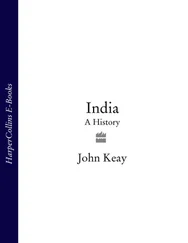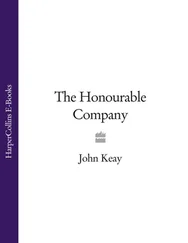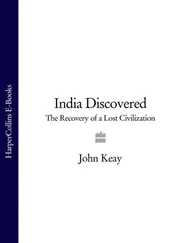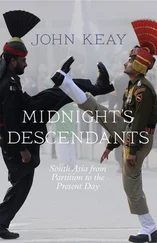For the purposes of this book, emperors will be called by whatever name has gained the widest currency. In addition, purely by way of a reminder, each will be prefaced in italics by the name of the dynasty to which he belonged. Hence ‘ Song Renzong’ and ‘the Qing Qianlong emperor’.

Sadly – indeed catastrophically for the wider understanding of China – few of these names will be familiar to readers primed on existing works in English. Until recently the Emperor Tang Taizong usually appeared in English translation as T’ang T’ai-tsung, Emperor Song Renzong as Sung Jen-tsung and the Qing Qianlong emperor as the Ch’ing Ch’ien-lung emperor. Hebei and Henan provinces were Hopei and Honan, Beijing was Peking, and the Giant Panda was not Daxiongmao but Ta-hsiung-mao. Something like 75 per cent of all Romanised renderings of Chinese characters have been changed in the last thirty years, often beyond the point of easy recognition. In the long run, the change can only be for the good, although at the present time it remains a challenge and a source of no little confusion.
Previously a system called Wade-Giles (after its two late nineteenth-century creators) governed the spelling of Chinese words in English. Wade-Giles was not straightforward, involving nearly as much diacritic punctuation – hyphens, single inverted commas – as letters. More disastrously, its use was far from universal. Another system was common in the United States, and other European languages had their own systems. To say that linguistic scholarship was failing the student of China would be an understatement. Standardisation became imperative.
But because Chinese characters are not made up of individual letters and so are not alphabetical, their rendition into scripts that use letters (alphabetical scripts) has always been fraught. While Arabic script, for instance, can be rendered letter by letter into Roman script without much attention to its sound, the letter-less Chinese script can be rendered in Roman script only by replicating its sound, that is its pronunciation, not the script itself. This raises other problems. Roman script has no way of indicating the five tones used in Chinese speech. Additionally, many Chinese words that are quite different when written in Chinese script may read as exactly the same when their sound is spelled out in English. The names of two Tang emperors, for instance, when written in Chinese involve totally different characters, but when rendered in the latest Romanised script become indistinguishable; both appear as ‘Xuanzong’.
Worse still, the pronunciation of Chinese written characters varies in different parts of China. All literate Chinese can read the characters; the script is indeed common throughout China. But they pronounce the characters in accordance with their local or regional dialect (technically ‘topolect’ or ‘regionalect’). Thus strangers on a train may happily share the same newspaper though quite unable to converse with one another. Foreigners, mostly European, who began arriving on the China coast in numbers from the late sixteenth century, found spoken Chinese a lot easier than written Chinese. A recent authority has calculated that, for an English-speaker, learning to speak Chinese is twenty per cent more difficult than learning to speak French; on the other hand, learning to read and write Chinese is five hundred per cent more difficult than learning to read and write French. Foreign scholars, armed with a quickly won understanding of spoken Chinese, proceeded to tackle the written characters by representing them in their own languages using the Chinese pronunciation with which they were now familiar. Unfortunately this pronunciation was almost exclusively that of the Guangdong and Fujian provinces to which foreign contacts were at the time largely restricted. The topolects were thus those of Cantonese (Canton = Guangzhou, capital of Guangdong) and of the Hakka and Hokkien people of Fujian. They were barely recognisable to the majority of Chinese, who, living in the Yangzi basin or the north, mostly spoke a topolect that foreigners called Mandarin. Not unnaturally, northerners came to resent finding even their place-names being mispronounced and mistranslated.
And there was yet another complication. The foreigners in question were Portuguese, Spanish and Italian, then Dutch, English, French, American and Russian, each of whose languages rendered some vowel sounds and consonants quite differently. ‘J’, for instance, is pronounced one way in Spanish, another way in French and yet another in English. Any representation of Chinese speech had to take account of such inconsistency, and hence that variety of different Romanising systems, each tailored to a different European language; hence too the absurdity of what purported to be transcriptions of Chinese characters being in fact English, French, Spanish, etc., renderings of Chinese regional speech as spoken by only a provincial minority of the Chinese nation.
To standardise the rendering of Chinese characters in all alphabetical languages, and to supersede this chaos, yet another system was developed in the 1950s. This was Pinyin, the form used throughout this book. China being at the time dependent on the Soviet Union for much technical assistance, the task involved Russian scholars and originally envisaged the possibility of Pinyin using not the Roman (or Latin) script but the Cyrillic script of Russia. Only slowly, at Chinese insistence and as Sino-Soviet relations deteriorated from the late 1950s, did Pinyin settle for the Roman script; and only after strong Chinese promotion and the People’s Republic of China’s (PRC’s) admission to the UN in 1971 did it win international recognition. But as of the 1980s Pinyin may claim to have been universally accepted and as of the 1990s most (though by no means all) works on China have used it. It is taught and displayed, albeit discreetly, along with the Chinese characters throughout China; it could conceivably one day supersede them.
It is not perfect. Pinyin’s Marxist inventors seem to have projected their belief in equality of opportunity on to the letters of the keyboard. Keys such as ‘q’, ‘x’, ‘y’ and ‘z’, for which Western languages have little use, are awarded major roles. ‘Z’ has never been so busy, while ‘r’, that most useful of consonants in English, is practically redundant. More seriously, the subtleties of the Chinese characters, hinted at in Wade-Giles’ scatter of diacritic punctuation marks, is largely lost; tonal marks, though available, rarely appear: the number of quite different Chinese words rendered by the same jangling word of Pinyin is increased; and on the pronunciation front, in trying to meet all national variations, Pinyin ends up by satisfying none. Officially it is said to indicate how a word should be pronounced in the ‘common speech’ (or Putonghua) of the people of the People’s Republic. In reality Putonghua, being approximately a down-classed version of ‘Mandarin’, is spoken largely in the north. Elsewhere in China, Pinyin spellings may prove a poor guide to pronunciation. Even in the north the visitor would do well to study how all those ‘q’s, ‘x’s and ‘z’s are actually enunciated before trying them out on a Beijing bus conductor.
C. P. Fitzgerald, the pre-Pinyin author of several works on Chinese history in English, neatly sounded a final caveat, albeit one common to other traditions. China’s dynastic historians, he noted, ‘while indefatigable in the recording and collection of facts, arranged these compendious materials in a manner which makes direct translation of the original texts a baffling and unrewarding task’.
Читать дальше
